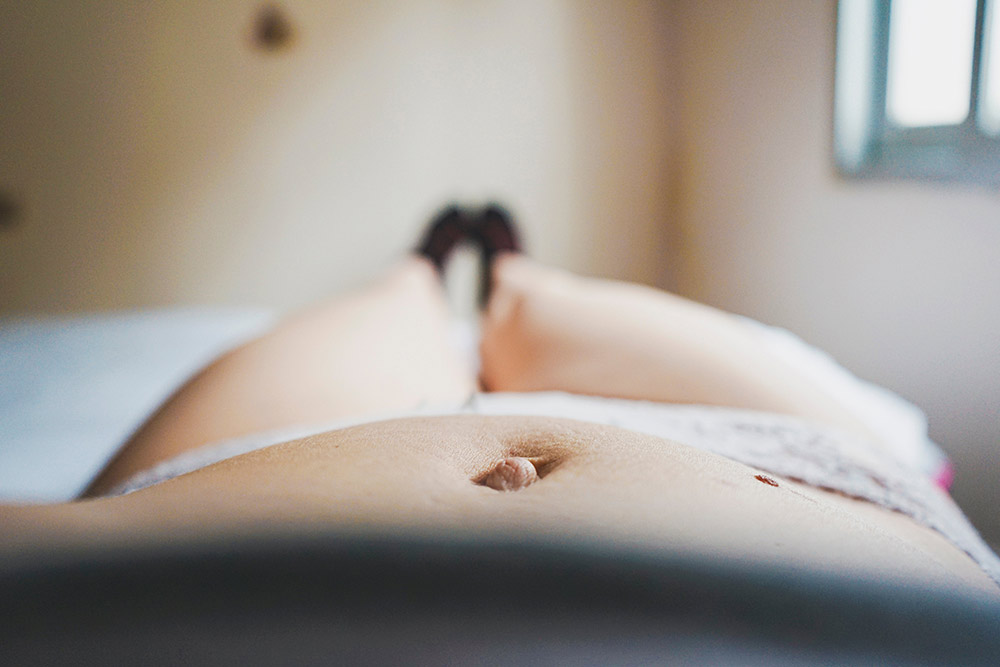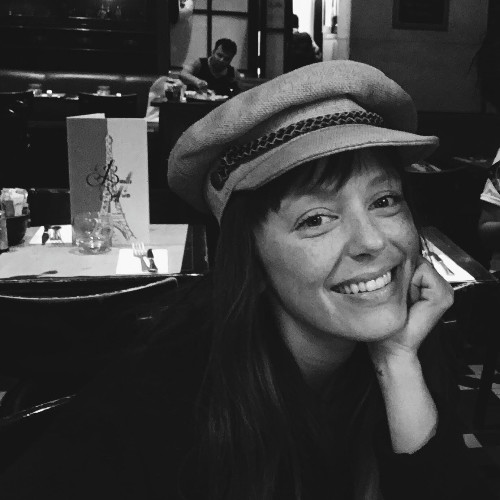Postpartum Bleeding: What You Should Expect

This routine aspect of postpartum recovery plays an important role in your overall healing. Here’s what to anticipate and how to cope.
After childbirth, your amazing body immediately begins the healing process. The uterus, in particular, continues to work hard by slowly shrinking to its pre-pregnancy size through a series of afterpains, also called postnatal contractions. This post-pregnancy cramping, while uncomfortable, triggers the shedding of the lining of your uterus, a mixture of amniotic fluid, blood, tissue, and mucus that’s no longer needed after delivery.
This mixture is shed in the form of postpartum bleeding and can come as a bit of a surprise to new parents who had assumed everything that needed to came out during birth. It’s not an enjoyable reality to deal with (even with a precious newborn in your arms), but postpartum bleeding is necessary for your recovery. We will help you understand what’s normal, what’s not, and most importantly when the bleeding will end.
What is Postpartum Bleeding?
The technical term for postpartum bleeding is lochia, and it refers to the discharge that follows after delivery (both vaginal and cesarean), mostly stemming from where the placenta was attached.
Lochia presents differently in every person and can be affected by different factors. For example, a birth parent who delivered via cesarean section may have less bleeding after a day or two than someone who gave birth vaginally.
On another hand, new parents may notice a temporary increase in lochia when first waking up in the morning, while being physically active, or while breastfeeding, as nursing can bring on postpartum contractions the first few days following birth. This is why health care providers often advise patients to avoid stairs or any kind of physical activity after delivery. While a minor increase in lochia isn’t a cause for alarm, it is a sign you’ve overdone it and need to take a break.
What Does “Shedding Lochia” Look Like?
You should expect to shed lochia for about four to six weeks post-delivery, but it will change in color and consistency as it nears the end of its cycle. Lochia starts as heavy bleeding with smaller blood clots (think around the size of a golfball or less) and can be bright or dark red in color for the first seven to 10 days. It gradually tapers off in blood flow amount and lightens in coloring overtime, fading from red to pink to brown to yellow and eventually white.
The three stages of lochia are characterized by the following, but remember each stage will vary from person to person.
Lochia Rubra
- Begins around day two post-delivery
- Heaviest bleeding with smaller clots
- Color is bright or dark red
- Noticeable sensations of a “gush” when changing positions (like standing up after lying down)
- Mild period-like cramping
Lochia Alba
- Begins around day four post-delivery and lasts up to two weeks
- Medium bleeding (with fewer clots) that includes noticeable amounts of mucus and a waterier consistency
- Color is more pink or brown
Lochia Serosa
- Begins around day 10 and lasts until six weeks or longer
- Light bleeding or spotting with no clots that mostly consists of white blood cells
- Color is yellow or white
Can Postpartum Bleeding Stop and Start Again?
While the general timeframe for bleeding to end is about six weeks postpartum, it’s normal for there to be periods of active shedding as well as times when you don’t notice as much discharge. While lochia shouldn’t stop altogether until it’s complete, light spotting is normal.
Part of what can cause a sudden gush of lochia is the uterine contractions following birth. As the uterus contracts, you’ll likely notice larger volumes of discharge. This means your body is doing what’s necessary for proper healing.
What Are Warning Signs of Abnormal Lochia?
We know you’ve got your hands full with a new baby, but you should contact your OB-GYN or seek medical attention right away if you notice any of the following signs or symptoms, which could point to a potential infection or postpartum hemorrhage:
- A very heavy flow that can bleed through one maxi pad per hour
- Large blood clots (think the size of an egg, a lime, or larger)
- Fever, chills, and severe cramping or pain that lasts more than a few days post-delivery
- Foul-smelling lochia (it should smell like a regular menstrual period)
- Swelling and sensitivity around the vagina or perineum (the area between the vagina and rectum)
- Headache, blurred vision, faintness, dizziness, or breathlessness
- Decreased blood pressure
- Increased heart rate
How Does Lochia Differ From a Postpartum Period?
The main differences include appearance, volume, and most of all, timing.
Typically, your first menstrual period after baby will show up in five to six weeks
if you’re not breastfeeding. If you are nursing, the return of your period will vary, and it’s common for breastfeeding parents to not have a period at all while exclusively nursing—even up to a year or more!
Regardless, the return of bright red blood after lochia has gone through the stages mentioned above would likely indicate your first period. Additionally, your period should stay consistent in flow amount no matter your level of physical activity, which differs from lochia patterns.
What Are Good Practices for Managing Lochia?
Postpartum bleeding is normal and doesn’t require special treatment (unless there’s an infection), but these tips can help with coping for the full six or more weeks:
- Use maxi pads, not tampons: Nothing should be inserted into the vagina until cleared by your physician at your postpartum checkup. You can opt for adult diapers for the first week or two while bleeding is the heaviest to prevent leakage. These offer better protection and absorbency and are easier to wear than the mesh undies provided by the hospital. Once the bleeding subsides, reusable period underwear is a great alternative to get you through the remainder of the transition. (It helps you feel more human, too.)
- Stick to dark, comfortable clothing: Navigating changing out pads, underwear, and cooling packs can potentially result in a few stains. Black leggings or bottoms will be a forgiving friend of accidental messes until your bleeding gets lighter and more manageable.
- Try to take it easy: We know it’s the most cited advice—and often most difficult to implement, but staying off your feet for periods throughout the day or avoiding overexerting yourself will keep excess bleeding at bay.
While normal and healthy, postpartum bleeding is a bit of a nuisance—but it doesn’t last forever! And like so many other aspects of parenting, you’ll eventually learn to go with the flow.








